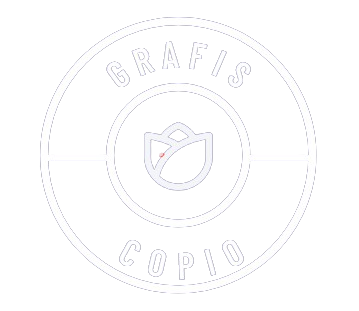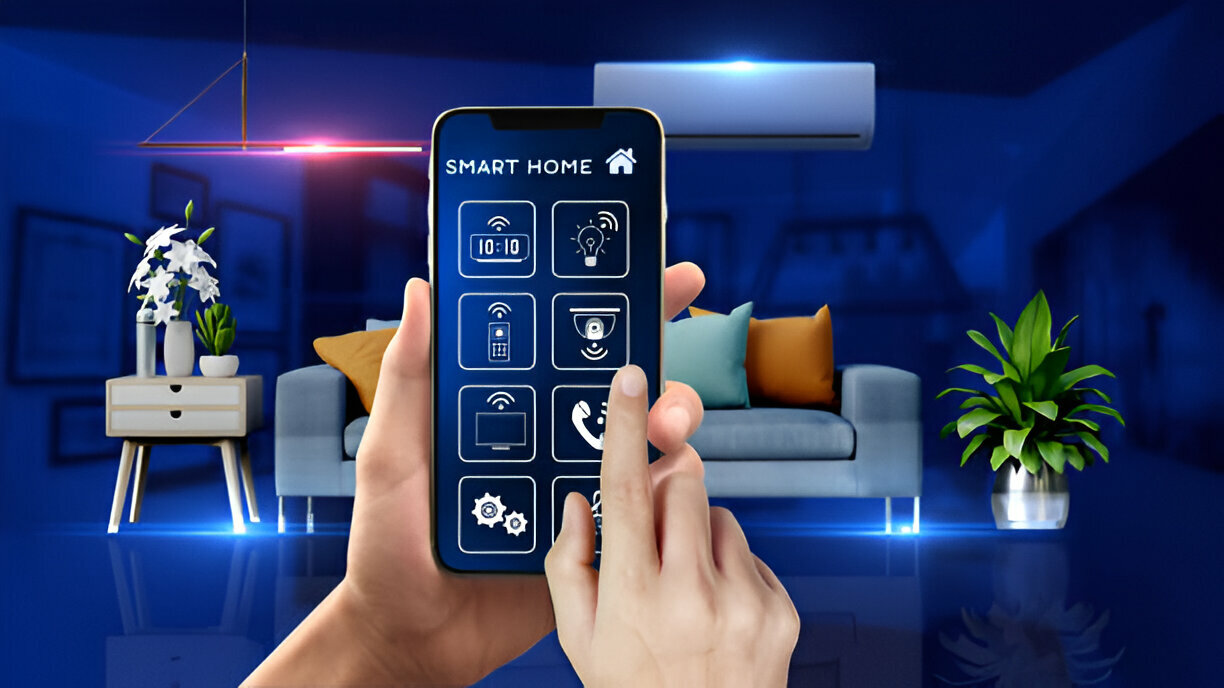Are you curious about the dynamic role of a graphic designer in a business? Look no further! In this article, we’ll explore how you, as a graphic designer, shape a company’s brand identity. Your creative flair and ability to translate requirements into captivating designs are key in capturing the attention of your target audience. By working diligently as part of a team, you ensure that your graphics effectively communicate the right message and resonate with customers. Join us as we delve into the goals, impact, and importance of graphic design in business development. Let’s dive in!
Definition of Graphic Design Role
As a graphic designer in a business, your role is to create visually appealing designs that effectively communicate ideas and messages to the target audience. Your role definition encompasses a range of design responsibilities, including creating logos, brochures, websites, and other marketing materials. You have the opportunity to collaborate with other professionals, such as marketers and programmers, to bring your designs to life. Your contribution to branding is crucial, as you help enhance or maintain a company’s brand identity through your designs. Additionally, your work has a significant impact on user experience, as you create designs that are intuitive, visually appealing, and easy to navigate. By prioritizing user experience, you ensure that customers have a positive interaction with the brand. Your designs play a vital role in shaping the overall perception of the business and can contribute to its success. With your creative and detail-oriented approach, you have the power to create visually stunning designs that leave a lasting impression on the target audience.
Responsibilities of Graphic Designers
The responsibilities of graphic designers in a business include creating visually appealing designs that effectively communicate ideas and messages to the target audience. As a graphic designer, you play a crucial role in shaping the visual aspects of a company’s branding and marketing efforts. You are responsible for developing creative content for advertisements, brochures, websites, and other marketing materials. Your designs should capture attention and communicate the right message to the audience.
Collaboration is an essential aspect of your role, as you will often work with other designers, marketers, and programmers to bring your designs to life. Your qualifications should include a creative flair, strong communication skills, and the ability to work methodically as part of a team. Attention to detail and the ability to meet deadlines are also crucial.
Your designs have a significant impact on branding, as they contribute to enhancing or maintaining brand identity for the company. Additionally, your designs directly affect the user experience of customers, as they interact with various media platforms. By prioritizing user experience, you can create intuitive and visually appealing designs that lead to increased customer satisfaction and engagement.
Skills and Qualifications Needed
To be a successful graphic designer in a business, you need a diverse set of skills and qualifications. As a graphic designer, your skills in design, creativity, and communication are essential for effectively conveying messages through visual elements. You should have a strong understanding of design principles and be proficient in using various design tools and software. Attention to detail is crucial, as you will be responsible for creating visually appealing and engaging designs that capture the attention of your target audience. Collaboration is also a key aspect of the design role, as you will often work with other designers, marketers, and clients to develop and refine ideas. Additionally, having knowledge of branding and marketing principles is important for creating designs that align with the company’s goals and effectively communicate its message. By possessing these skills and qualifications, you will be able to contribute to the success of the business by creating impactful designs that enhance the company’s brand identity and marketing efforts.
Collaboration With Other Departments
Working alongside other departments is an essential aspect of a graphic designer’s role in a business. Collaboration, teamwork, communication, and coordination are key elements that enable the graphic designer to effectively contribute to the overall success of the organization. By collaborating with other departments, the graphic designer can gain valuable insights and perspectives that inform their design decisions and ensure alignment with the company’s goals and objectives.
To visualize the importance of collaboration with other departments, consider the following table:
| Department | Role | Collaboration |
|---|---|---|
| Marketing | Develops strategies to promote products/services | Work together to create visually appealing advertisements and marketing materials that effectively communicate the brand message. |
| Sales | Drives revenue by selling products/services | Collaborate to design sales collateral and presentations that capture the attention of potential customers and highlight the value proposition. |
| Product Development | Creates new products/services | Coordinate to design packaging and product visuals that enhance the overall customer experience and align with the brand identity. |
Contribution to Branding and Marketing
As a graphic designer in a business, you actively contribute to the branding and marketing efforts by creating visually compelling designs that effectively communicate the brand message. Your contribution to marketing is crucial as your designs have a direct impact on branding. Through your role in visual communication, you collaborate closely with the marketing team to understand their goals and objectives. By leveraging your creativity and innovation, you bring fresh perspectives and ideas to the table, helping to differentiate the brand from competitors and capture the attention of the target audience.
Your designs play a vital role in building brand recognition and establishing a strong brand identity. By consistently applying the brand elements such as logo, color palette, typography, and imagery, you create a cohesive visual language that resonates with consumers. This consistency helps to build trust and credibility in the brand.
In collaboration with the marketing team, you ensure that your designs effectively communicate the brand’s message and values. You understand the importance of creating designs that not only catch the eye but also convey the desired emotions and messages. Your visually appealing and engaging designs help to captivate the audience, making a lasting impression and driving brand awareness.
Creativity and innovation are essential in your role as a graphic designer. By thinking outside the box and exploring new design concepts, you bring a fresh perspective to the table. Your ability to push boundaries and come up with innovative designs sets the brand apart and helps it stand out in a crowded marketplace.
Impact on User Experience
Your designs as a graphic designer in a business have a significant impact on the user experience. Your role in visual communication goes beyond creating visually appealing designs; it involves understanding the needs and preferences of the users to create designs that are intuitive and engaging.
Collaboration with other departments is crucial in order to create designs that align with the overall goals and objectives of the business. By working closely with marketing teams, developers, and UX/UI designers, you can ensure that your designs not only look great but also function effectively.
Creativity and innovation are key in this role. As a graphic designer, you have the opportunity to bring fresh and unique ideas to the table, pushing the boundaries of design and creating memorable experiences for users. By staying up to date with the latest design trends and technologies, you can anticipate future trends and contribute to the evolution of your role.
The future of graphic design is exciting and ever-evolving. With advancements in technology, such as virtual reality and augmented reality, there are new opportunities for graphic designers to create immersive and interactive experiences for users. Embracing these new tools and techniques will ensure that you continue to have a significant impact on the user experience in the years to come.
Importance of Creativity and Innovation
Creativity and innovation are essential for a graphic designer to make a significant impact in a business. As a graphic designer, you have the power to transform ideas into visually captivating designs that resonate with your target audience. By embracing new trends and exploring unconventional ideas, you can create innovative design approaches that set your business apart from the competition. Here are five reasons why creativity and innovation are crucial in your role:
- Importance of creative thinking: Creative thinking allows you to think outside the box and come up with unique solutions to design challenges. It enables you to push boundaries and create designs that capture attention and leave a lasting impression.
- Innovative design approaches: By adopting innovative design approaches, you can create designs that are fresh, modern, and captivating. This can help your business stand out and attract the attention of potential customers.
- Embracing new trends: Staying up to date with the latest design trends allows you to create designs that are relevant and appealing to your target audience. It shows that your business is forward-thinking and adaptable to change.
- Exploring unconventional ideas: Thinking outside the norm can lead to groundbreaking designs that capture the essence of your brand and communicate your message effectively. By exploring unconventional ideas, you can create designs that are truly unique and memorable.
- Fostering a culture of innovation: By fostering a culture of innovation within your business, you encourage creativity and inspire your team to think outside the box. This can lead to a constant stream of fresh ideas and innovative designs that drive the success of your business.
Role in Visual Communication
A graphic designer plays a crucial role in creating visually compelling designs that effectively communicate messages to the target audience. Through the use of visual storytelling, design principles, and effective communication, graphic designers have the power to captivate and engage viewers. They understand the importance of visual aesthetics and strive to create designs that are visually appealing and impactful.
Visual communication is essential in conveying ideas, emotions, and information. Graphic designers use their creative skills to translate complex concepts into visually understandable graphics. They consider the target audience and tailor their designs accordingly, ensuring that the message is communicated clearly and effectively.
Brand consistency is another key aspect of a graphic designer’s role in visual communication. They work closely with clients to ensure that the designs align with the brand’s identity and values. By maintaining brand consistency, graphic designers contribute to building a strong and recognizable brand image.
Incorporating design principles such as color theory, typography, and layout, graphic designers create designs that are not only aesthetically pleasing but also functional and impactful. They understand the power of visual elements in evoking emotions and creating a memorable experience for the viewers.
Role in Print and Digital Media
One of the key responsibilities of a graphic designer in a business is to create visually compelling designs for both print and digital media. As a graphic designer, you play a crucial role in communicating the brand message and engaging the target audience through your designs. Here are five important aspects of your role in print and digital media:
- Print vs Digital: You need to understand the differences between designing for print and digital platforms. Each medium has its own unique requirements and constraints, and you must adapt your designs accordingly.
- Design Process: You are involved in the entire design process, from conceptualization to execution. This includes conducting research, brainstorming ideas, creating mockups, and refining designs based on feedback.
- Visual Storytelling: Your designs should effectively communicate the brand’s story and values. By using visuals, typography, and layout, you can create a narrative that resonates with the audience and enhances brand identity.
- Industry Trends: Staying updated on the latest design trends is crucial. By keeping an eye on industry trends, you can ensure that your designs are modern, relevant, and appealing to the target audience.
- User Interface Design: In the digital realm, you play a key role in user interface (UI) design. Your designs should focus on creating intuitive and user-friendly interfaces that enhance the user experience and drive engagement.
Role in Product Packaging Design
Take your graphic design skills to the next level by incorporating your expertise in product packaging design. As a graphic designer, your role in product packaging design is crucial in creating visually appealing and engaging packaging that captures the attention of consumers. Your designs should effectively communicate the brand message and connect with the target audience.
In product packaging design, visual communication is key. You need to use your creativity and innovation to design packaging that not only looks good but also tells a story and conveys the value of the product. Collaboration with different departments is essential in understanding the product and its unique selling points, as well as incorporating any necessary legal or informational requirements.
To excel in product packaging design, it’s important to stay informed about future trends. Keep up with the latest design techniques, materials, and technologies to ensure that your packaging designs are fresh and relevant. Consider sustainability and eco-friendly options, as these are becoming increasingly important to consumers.
Role in Advertising and Promotion
To excel in advertising and promotion, you will utilize your graphic design skills to create visually captivating and persuasive designs that effectively communicate the brand’s message and engage the target audience. As a graphic designer, your role in advertising is crucial in helping businesses achieve their marketing objectives. Here are some ways you can make an impact:
- Implement graphic design strategies that capture attention: Through compelling visuals and creative layouts, you can grab the audience’s attention and make them curious about the brand or product.
- Use visual storytelling to convey messages: By combining images, typography, and colors, you can create narratives that emotionally resonate with the audience, making them more likely to remember and connect with the brand.
- Ensure effective communication: Your designs should convey the brand’s message clearly and concisely, leaving no room for misinterpretation. Effective communication is key in conveying the brand’s value and establishing trust with the audience.
- Apply creative problem-solving skills: In the advertising world, challenges often arise, whether it’s tight deadlines, limited budgets, or conflicting client requests. Your ability to think creatively and find innovative solutions will be essential in overcoming these obstacles.
- Adapt to various media platforms: Advertising can take place across multiple channels, such as print, digital, social media, and outdoor displays. Your role as a graphic designer involves adapting your designs to different mediums, ensuring consistency and impact across all platforms.
Future Trends and Evolution of the Role
How will the role of a graphic designer in business evolve in the future? As the world continues to advance, the field of graphic design is also experiencing constant changes and innovations. Future trends suggest that emerging technologies and changing industry demands will shape the role of graphic designers in exciting ways.
One of the key factors influencing the evolution of this role is the integration of emerging technologies into the design process. As new tools and software are developed, graphic designers will need to adapt and acquire evolving skills to effectively utilize these innovative approaches. Virtual reality, augmented reality, and artificial intelligence are just a few examples of technologies that are already making their mark in the industry.
Furthermore, the increasing demand for personalized and interactive content will require graphic designers to think beyond static visuals. They will need to explore new mediums and techniques to engage audiences in unique and memorable ways. The ability to create dynamic and immersive experiences will become essential for success in the future.
In addition to technical skills, graphic designers will also need to develop a deep understanding of marketing principles and consumer behavior. The role will evolve to encompass strategic thinking and the ability to communicate brand messages effectively across various platforms.



